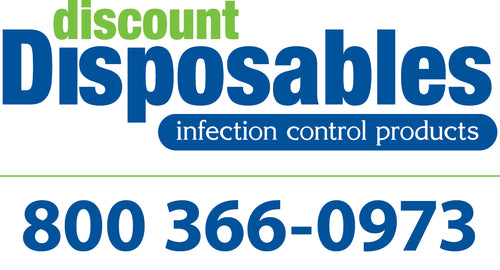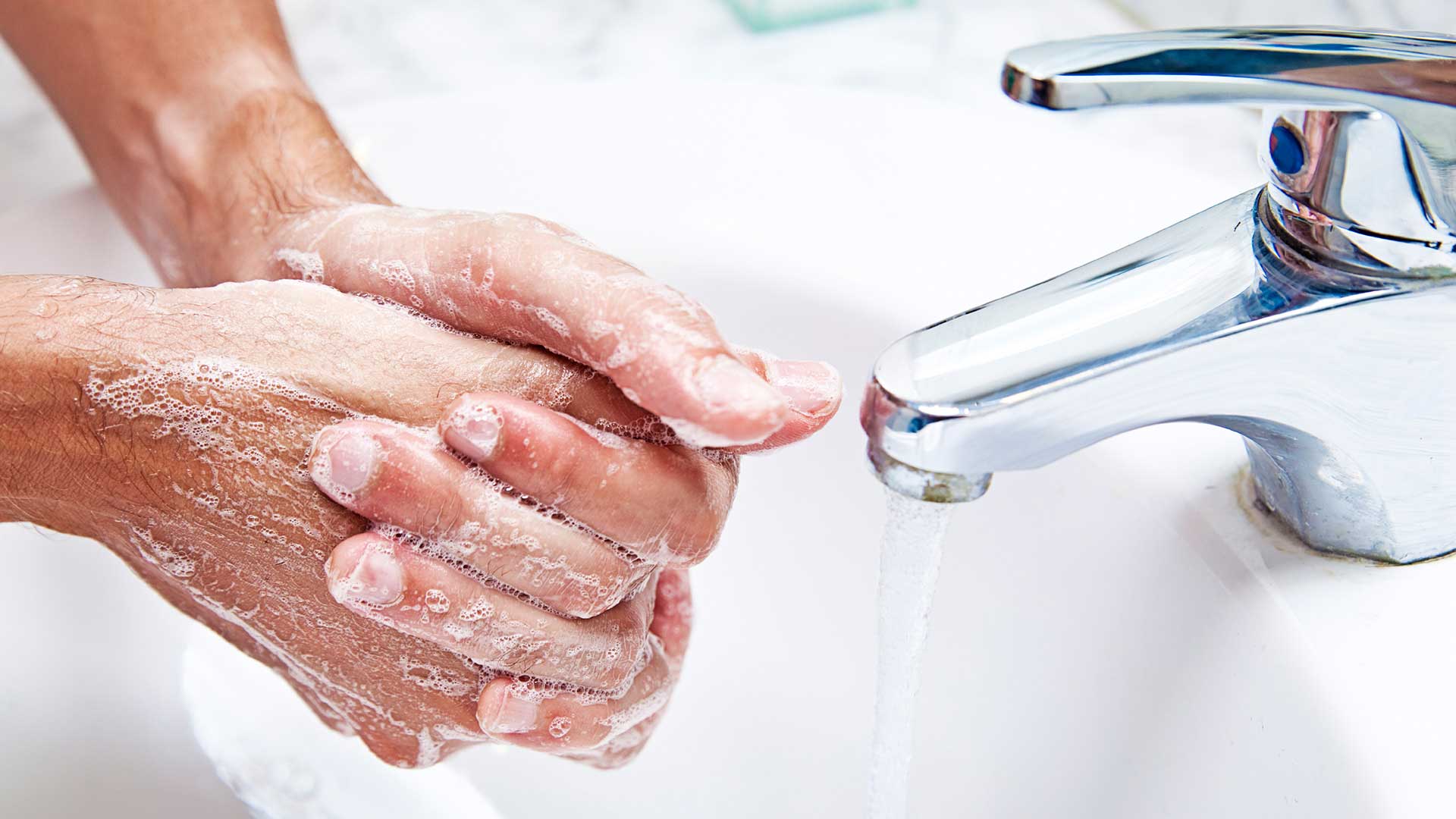Cross-contamination is one of the major concerns in dental practices. It is responsible for the transmission of disease-producing agents such as bacteria, fungi, and viruses from one person to another. It can occur by direct contact with microorganisms, indirect contact with contaminated objects, and inhalation of airborne pathogens.
It is your responsibility as a dental practitioner to implement infection control guidelines that can prevent disease transmission. Here are the standard precautions of infection control, which can help you prevent cross-contamination:
-
Hand Hygiene
Hands can be a major source of cross-contamination. All dental staff members should wash their hands throughout the day using an anti-microbial soap. Sinks with automatic sensors or foot control for turning water on and off are ideal. If not available, it is best to ensure that cross-contamination will not occur after hands are washed.
-
Surface Disinfection
It is a requirement to clean and disinfect any surface that comes into contact with potentially infectious materials. An EPA-approved chemical agent or a surface disinfectant is ideal for removing any contaminant and keeping the area clean. Wiping the surface with a clean towel after disinfecting is also necessary to prevent germ transmission.
-
Personal Protective Equipment
Wearing personal protective equipment (PPE) is a way to reduce the risk of transmission of infectious agents. Dental practitioners and clinical support staff should have protective equipment, and must be educated about how to use or wear the items correctly. Gloves, masks, eye protection, and protective clothing can put a barrier between you and the bacteria.
-
Aseptic Technique
The main goal of aseptic technique is to prevent pathogenic organisms from being introduced to body parts, surfaces, or equipment. It protects patients during invasive dental procedures by using infection prevention measures that reduce the presence of microorganisms. This includes using sterile gloves for oral surgery procedures, including tying back and covering long hair, and covering beards.
It is possible to eliminate cross-contamination by using proper infection control measures. This involves understanding the basic principles of contamination control and creating systems that allow effective implementation of infection control procedures. Browse through our website today and find out how we can help you keep the dental practice clean by preventing cross-contamination.
More information visit www.infectioncontrolproducts.com or call us at 800-366-0973

